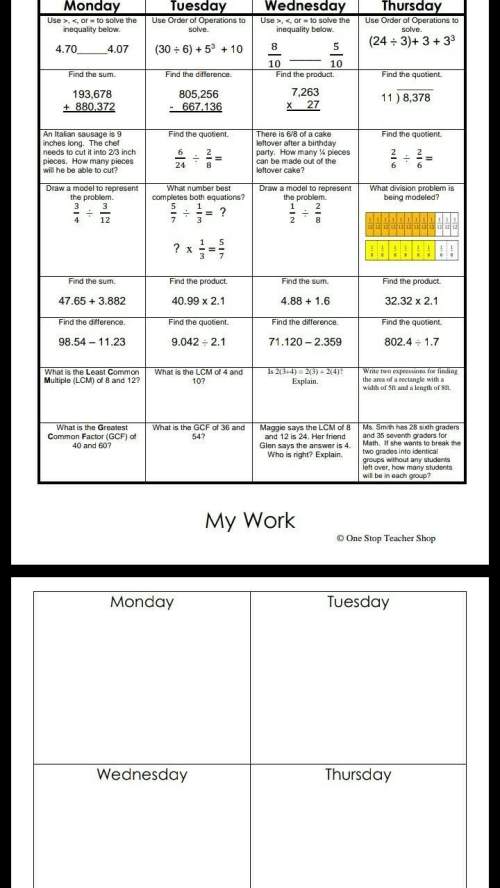
Mathematics, 07.12.2021 04:10, angie249
Take the Laplace transform of the following initial value and solve for Y(s)=L{y(t)}:
sin(π t), 0 ≤ t <1
y''+9y= { y(0)=0, y′(0)=0
0, 1 ≤ t
a) Y(s)= ? (Hint: write the right hand side in terms of the Heaviside function)
b) Now find the inverse transform to find y(t)= ? . (Use step(t-c) for uc(t) .)
Note= π/ (s^2+π^2)(s^2+9) = π/ π^2 -9 (1/(s^2+9) - 1/(s^2+ π^2)


Answers: 2
Other questions on the subject: Mathematics

Mathematics, 20.06.2019 18:04, Rubendelarosa1529
Carl wants to buy a television that cost $500 including taxes. to pay for television he will use a payment plan that requires him to make a down payment of $125 and then pay $70.50 each month for six months what is the percent increase from the original cast of the television to the cost of the television using a payment plan.
Answers: 1

Mathematics, 21.06.2019 17:00, SillyEve
In tossing one coin 10 times, what are your chances for tossing a head? a tail? 2. in tossing one coin 100 times, what are your chances for tossing a head? a tail? 3. in tossing one coin 200 times, what are your chances for tossing a head? a tail? deviation = ((absolute value of the difference between expected heads and observed heads) + (absolute value of the difference between expected tails and observed tails)) divided by total number of tosses. this value should always be positive. 4. what is the deviation for 10 tosses? 5. what is the deviation for the 100 tosses? 6. what is the deviation for 200 tosses? 7. how does increasing the total number of coin tosses from 10 to 100 affect the deviation? 8. how does increasing the total number of tosses from 100 to 200 affect the deviation? 9. what two important probability principles were established in this exercise? 10. the percent of occurrence is the obtained results divided by the total tosses and multiplied by 100%. toss the coins 100 times and record your results. calculate the percent occurrence for each combination. percent head-head occurrence: percent tail-tail occurrence: percent head-tail occurrence:
Answers: 3

Mathematics, 21.06.2019 17:30, allisonlillian
Select the quadratic that has root x = 8 and x = -5
Answers: 3

Mathematics, 21.06.2019 17:30, chloerodgers56
In a probability experiment, karen flipped a coin 76 times. the coin landed on heads 32 times. what percentage of the coin flips resulted in tails? round to the nearest percent. a. 58% b. 65% c. 42% d. 60%
Answers: 2
Do you know the correct answer?
Take the Laplace transform of the following initial value and solve for Y(s)=L{y(t)}:
sin(π t), 0...
Questions in other subjects:



Mathematics, 25.07.2019 22:30





Mathematics, 25.07.2019 22:30

Chemistry, 25.07.2019 22:30

History, 25.07.2019 22:30







